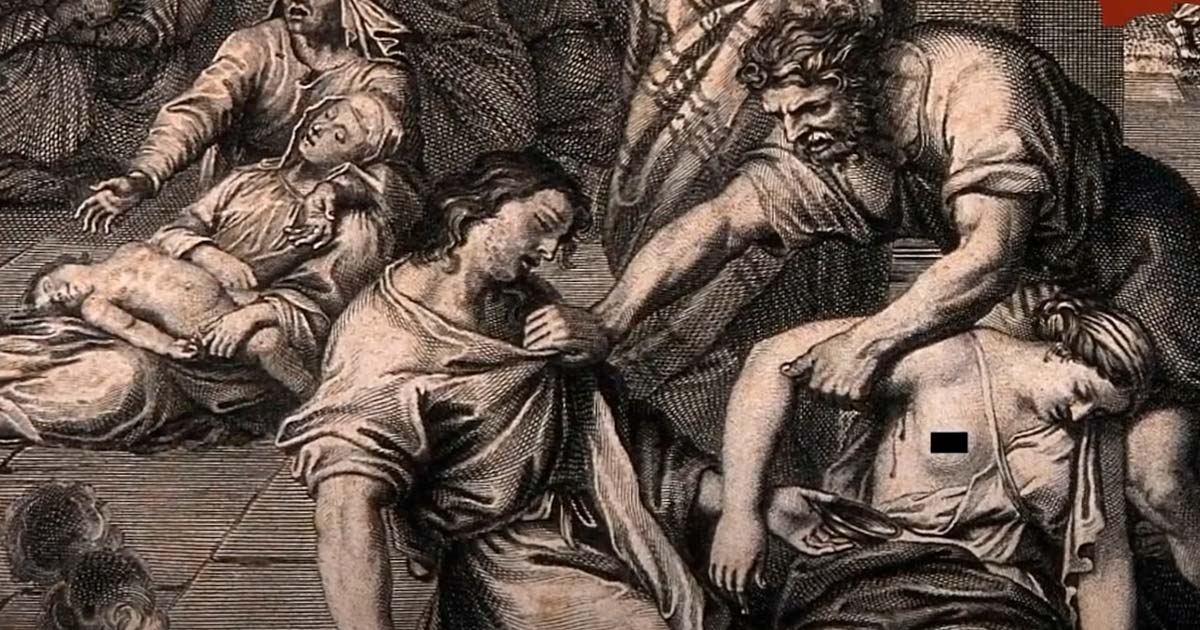What It Was Like to Be a Body Collector During the Black Death (Video)
Amid the Black Plague's devastating sweep from 1346 to 1353, a daunting profession emerged: that of the body collector. Their grim duty was unambiguous - to clear the streets and homes of the deceased, a task as perilous as it was gruesome. As Europe's largest cities turned into tombs, the streets were laden with corpses, and it fell upon these collectors to remove the deceased from homes and public spaces. Their task was far from pleasant. Plague victims exhibited grotesque symptoms, from bulging buboes in the groins and armpits to black spots covering their bodies. The buboes sometimes burst, oozing rancid pus, while flea bites could transmit the deadly bacteria.
To shield themselves from contagion, collectors likely employed the use of fragrant flowers to ward off the noxious odors, following the prevailing miasma theory of disease transmission. Their resilience was remarkable, considering the ever-present risk of infection. As the death toll mounted, mass graves became a somber necessity. Regrettably, some collectors exploited their position, demanding bribes, and at times resorting to extortion. Though the Black Plague eventually subsided, body collectors remained indispensable, as subsequent outbreaks continued to haunt Europe well into the 1700s.
- Black Death Mortality Wasn’t as Widespread as Everyone Thinks
- The Black Death: the Plague that Sowed Terror and Death in Medieval Europe - Part 1
Top image: Body collector during the plague. Source: YouTube Screenshot / Weird History.

















